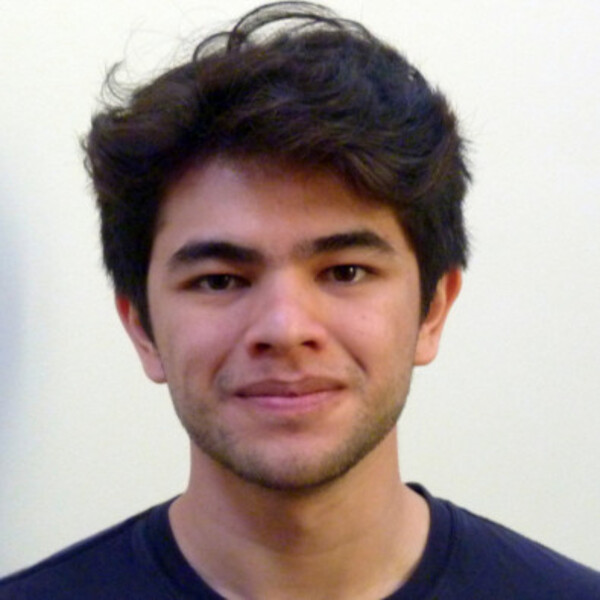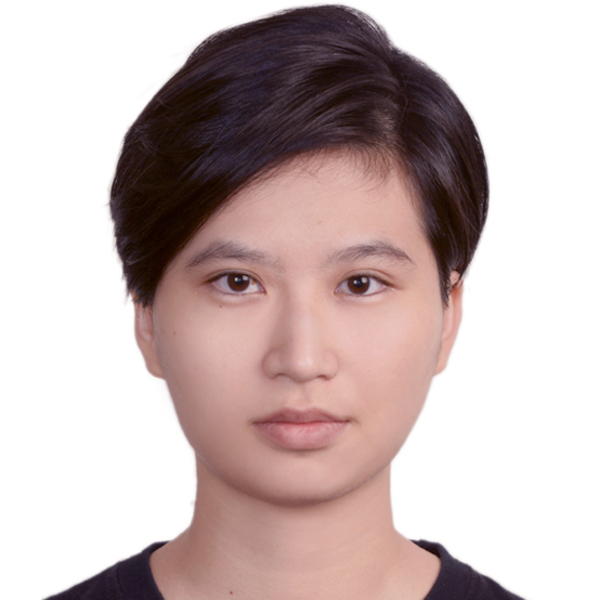Radiometer Calibration using Machine Learning

In our latest work, we introduce a groundbreaking machine learning framework for radiometer calibration, detailed in our new paper [2504.16791](https://arxiv.org/abs/2504.16791) led by S. A. K. Leeney. This method addresses one of the most significant challenges in observational cosmology: the precise calibration required to detect the faint, sky-averaged 21-cm signal from the Cosmic Dawn. This signal, a key probe of the early Universe as described in works like [1109.6012](https://arxiv.org/abs/1109.6012), is obscured by astrophysical foregrounds that are four to five orders of magnitude brighter, demanding unprecedented instrumental stability and accuracy. This research, developed in collaboration with group members including Harry Bevins, Eloy de Lera Acedo, Will Handley, and Dominic Anstey, pioneers a data-driven approach that circumvents the limitations of traditional calibration techniques.
The Challenge of High-Precision Radiometry
The quest to measure the 21-cm signal is fundamentally a measurement of the temperature of hydrogen gas in the infant Universe. However, the radiometers designed for this task are exquisitely sensitive not only to the sky but also to their own internal characteristics. Impedance mismatches between the antenna and the receiver’s low-noise amplifier (LNA) introduce subtle reflections and standing waves. These instrumental systematics create spectral features that can easily be mistaken for, or completely overwhelm, the faint cosmological signal.
Traditional methods, such as Dicke-switching (10.1063/1.1770483), have been foundational in radio astronomy but rely on simplifying assumptions—for instance, that calibration sources are perfectly matched to the receiver. At the precision required to verify contentious results like the EDGES detection (10.1038/s41586-018-0002-9), these assumptions can break down, introducing residual systematic errors that compromise the scientific measurement.
A Novel Calibration Framework
Our work introduces a powerful alternative. Instead of relying on an incomplete analytical model of the instrument, we train a neural network to learn the complex, non-linear behaviour of the receiver directly from data. By using a set of internal reference sources that span the impedance properties of the antenna, the network learns to predict the receiver’s fundamental Noise Parameters on a frequency-by-frequency basis. Key advantages of this machine learning framework include:
- Absolute Calibration: It directly infers the full set of receiver Noise Parameters, enabling the recovery of absolute source temperatures and their spectral shape without losing crucial gain information.
- No Ideal Assumptions: The model learns from measured reflections without assuming perfect impedance matching, thus avoiding systematic biases inherent in traditional methods.
- Temporal Stability: The framework can be extended to model system drifts over time, making it robust for long-duration observations and instruments in unstable environments.
This method was developed and tested using the receiver for the REACH (Radio Experiment for the Analysis of Cosmic Hydrogen) experiment, a system designed for extreme precision as detailed in [2307.00099](https://arxiv.org/abs/2307.00099).
Key Results and Validation
We validated our framework through two rigorous tests. First, we applied it to the physical REACH receiver in the lab, calibrating an internal test source with antenna-like properties. The result was a stunning success, achieving a relative residual Root-Mean-Square Error (RMSE) of just 0.05 K—a level of precision sufficient to confirm or refute existing claims about the 21-cm signal.
Second, we conducted a full-chain simulation to assess the method’s performance in a realistic science scenario. By passing a simulated sky signal—complete with foregrounds, chromatic beam effects, and an injected 21-cm signal—through a model of the receiver, we demonstrated that our calibration framework could successfully remove instrumental effects. The recovered antenna temperature was clean enough to allow for a confident extraction of the underlying cosmological signal using the Bayesian analysis pipelines developed within our group.
Implications for Future Cosmological Probes
This work represents a significant step forward in our ability to perform ultra-precise radio cosmology. By fusing machine learning with rigorous physical modelling, we have created a calibration tool that is not only powerful but also adaptable. Its ability to characterize complex and time-varying instrumental behaviour makes it particularly valuable for the next generation of 21-cm experiments, including ambitious projects planned for the lunar surface like LuSEE-Night (2301.10345) and orbital concepts like CosmoCube (2406.10096). This research paves the way for a new era of discovery, where AI-driven techniques enable us to overcome systematic barriers and unlock the secrets of the cosmic dawn.










Content generated by gemini-2.5-pro using this prompt.
Image generated by imagen-3.0-generate-002 using this prompt.